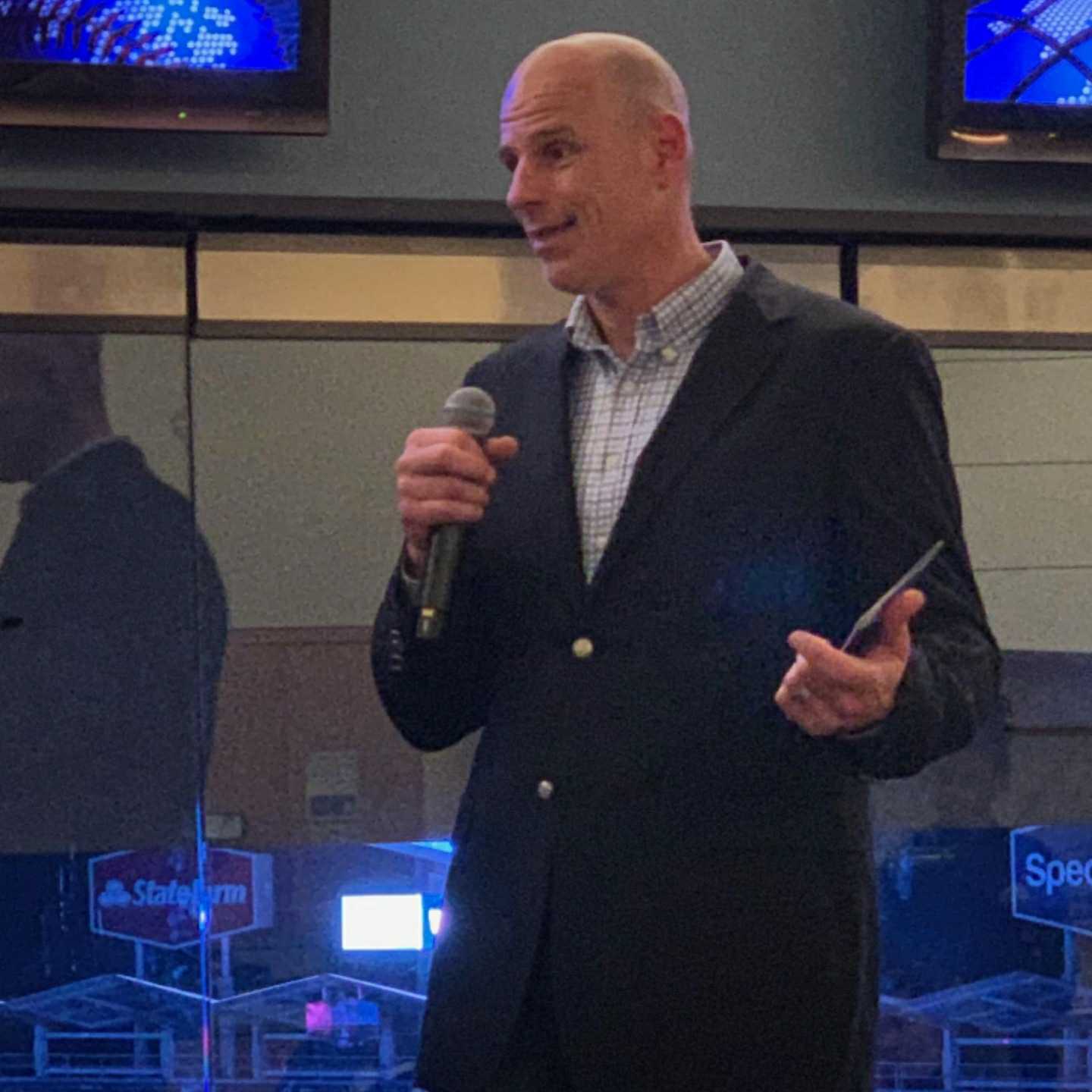By: Clara Guthrie Members of the Senate Armed Services Committee have proposed a revolutionary reconfiguration of the federal military draft that is aimed at including women in the Selective Service System, according to a release from POLITICO. As the law stands now, all American men must register for the service when they turn 18, although the […]













